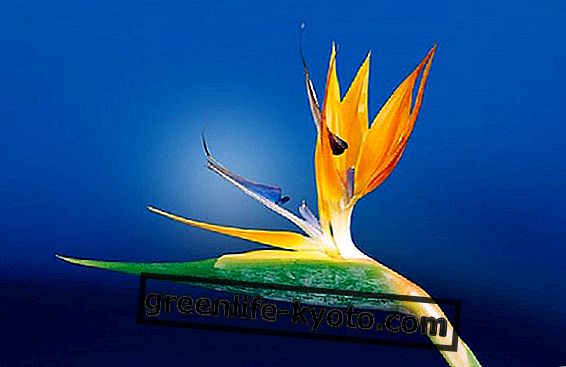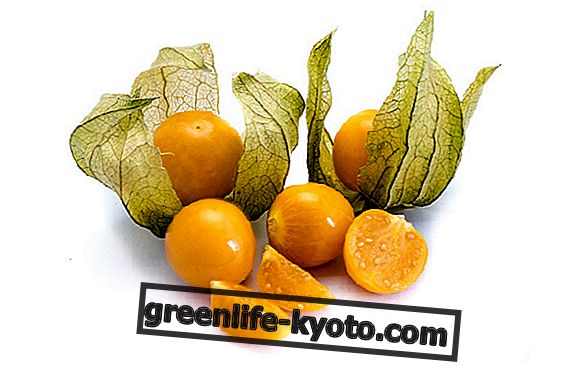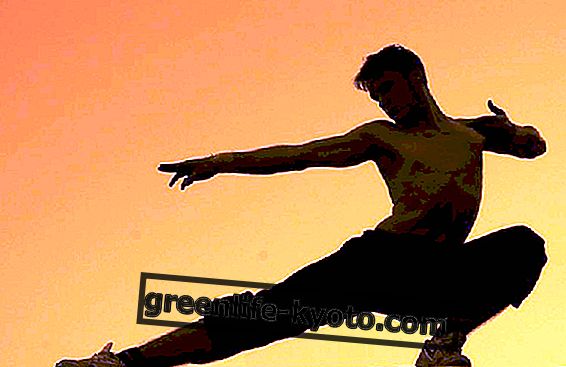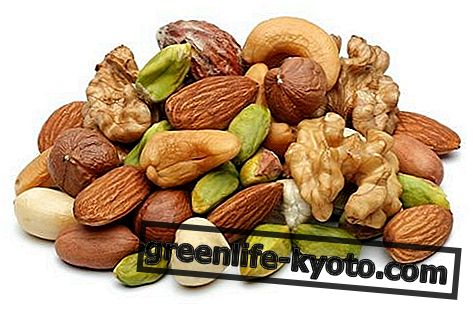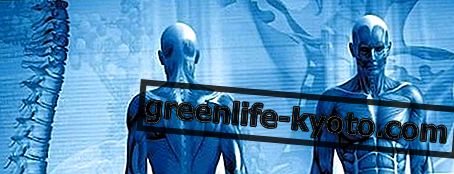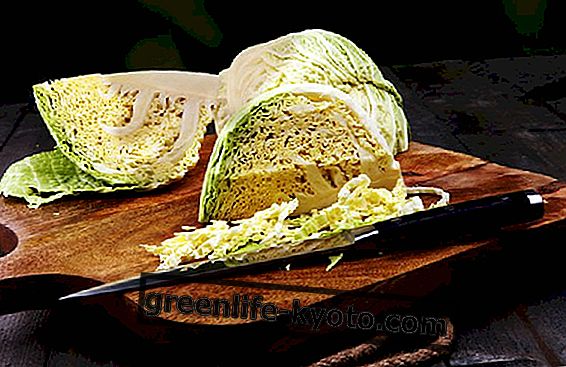
Rudolf Steiner
There is nothing better than a definition of the author to better understand a concept. This is what Rudolf Steiner says in proposition of anthroposophy: "[...] a path of knowledge that would lead the spiritual that is in man to the spiritual that is in the universe. It arises in man as a necessity of the heart, of life, of feeling, and can be fully justified if it satisfies this inner need ".
Actually, it's not so enlightening. Let us first find out more about the Steiner character.
Rudolf Steiner, philosopher, esotericist and educationalist, was born in 1861 in Kraljevic, a town in present-day Slovenia. The son of an Austrian station master, Steiner spent his youth in various locations in Austria; in the period of training, to the study of mathematics and sciences he combines the attendance of courses of literature and poetry, beyond to teach privately to a boy retarded until bringing it to maturity. Deep knowledge of the works of Goethe, Fitche, Nietzsche and Schopenhauer, Steiner moved to Berlin in 1897 to direct a literary magazine. His activity as a thinker knows no bounds, participating in a series of conferences of the Theosophical Society as opposed to the ideas of Madame Blavatsky . In 1913 he founded the Anthroposophical Society . The meeting with Ita Wegman will be important. Colleague of Steiner, 15 years younger than him, Wegman will carry on Steiner's spiritual research.
Rudolf Steiner has left an immense work, in content and vastness. His books and articles form the basis for the "anthroposophically oriented spirit science". Let's see what the Steiner method consists of.
The Steiner method
The philosophical component is predominant. The Steiner method takes up the concept that Goethe had about the "composition" of the human being . In the human being cohabit: an ethereal body woven with vital energy, an astral body, dominated by feelings and emotions, and the Ego, which coincides with the consciousness, the psyche, the divine essence. It is precisely the harmony and balance of these three parts, according to Steiner, that condition the state of health in the human being.
Rudolf Steiner underlines the objective existence - and therefore objectively studied - of the spiritual world . The human being is the organic synthesis of different levels - body, soul and spirit (which is not a level among others, but the very unity of the Whole). Furthermore, the spiritual consciousness of the individual, which is of the same nature as the divine, is enveloped in four sheaths or bodies : the physical or gross body, the etheric body, the astral or soul body and the egoic body or Io.
The world of the spirit is in constant evolution, and every metamorphosis of it interests man as a limited living being but also oriented to an increasingly transpersonal and free awareness. Steiner also maintains that man is a tripartite being, composed of body (the organic set of natural and vital processes), soul (the median and mediating part, seat of imagination, emotions etc.) and spirit (the spark creative and dynamic that connects the human and the divine).
Concrete applications of the Steiner method
Steiner proposes a new conception of man, promoting developments and applications in other disciplinary fields: pedagogy, medicine, art, eurythmy, agriculture and science.
At school, the Steiner method, also known as a Waldorf school or education, determines what and when something should be taught to pupils. According to Steiner anthroposophy, according to the doctrine of the four bodies, school teaching is divided every seven years. The subjects are based on art and the teachers are re-evaluated in their function as educators. It is not only addressed to the mind of the child, but also to his soul, his body, feelings and will.
Anthroposophical medicine is integrated, that is, it conceives the object of its research, man, as an inseparable unity of body, soul and spirit. In this sense, curing the disease is not a gesture comparable to a single, isolated action, an action that requires a positive reaction that is possibly even immediate. Healing someone, from an anthroposophical point of view, means sharing the inner universe, touching the physical part and the less tangible part. In short, care is seen as a daily and responsible path; drugs, on the other hand, not as dehumanizing elements, but actual specific anthroposophic medicines, taken from the kingdoms of nature, according to a principle of evolutionary affinity, based on the rules of the official pharmacopoeia, on the experience of anthropogenic physicians and on the respect of norms good manufacturing and professional ethics of pharmacists. The Steiner method is contrary to vaccinations .
Eurythmy is considered an art form of movement. It was created by Rudolf Steiner and his wife, Marie von Sivers. Eurythmy should not be confused with dance or gymnastics. In its artistic component, it is practiced by soloists or by groups as part of scenic representations whose purpose is to make the laws of speech and music visible. In addition to this intent, eurythmy is of considerable importance in the therapeutic field, as part of anthroposophical medicine. The development of therapeutic eurythmy began in 1921, when Steiner gave a course for doctors. Through a continuous reformulation and thanks also to constant medical-anthroposophical research, eurythmy becomes a fundamental component of the anthroposophic medicine treatment systems.
Finally, the so-called " biodynamic agriculture ". In 1922, two naturalists turned to Steiner to find out if some of his indications on the rhythms of human life could also be applied to plants. Steiner quickly developed his own application method, which included the elimination of chemical fertilizers and the interaction between two forces, terrestrial and cosmic. His idea of agriculture is that of a scenario in which land, animals, humans and plants live in a healthy and natural way. To date, there are many European countries that adopt these methods.
